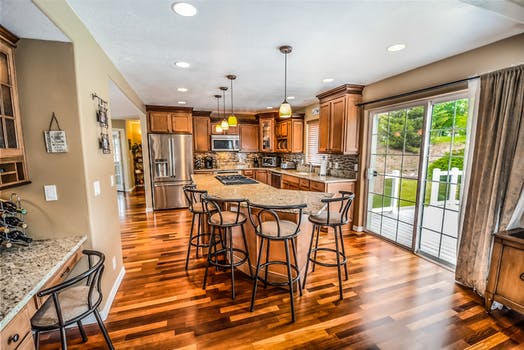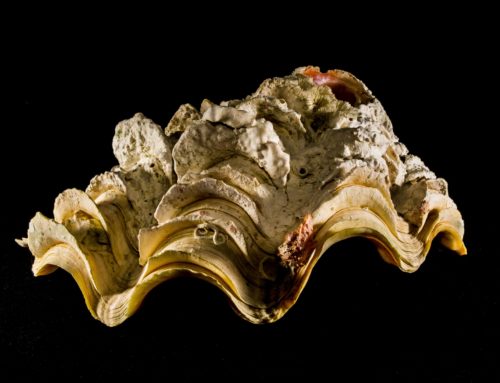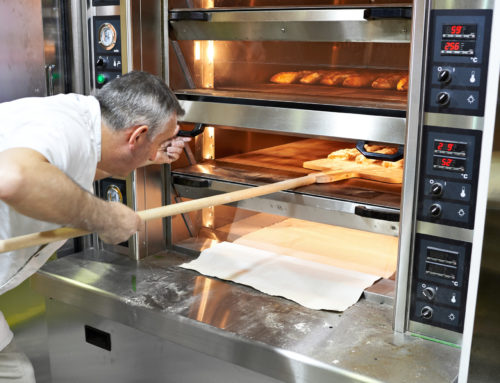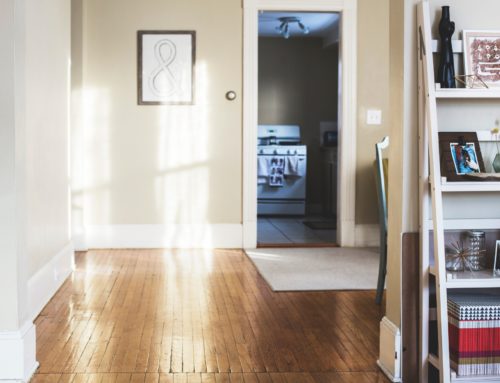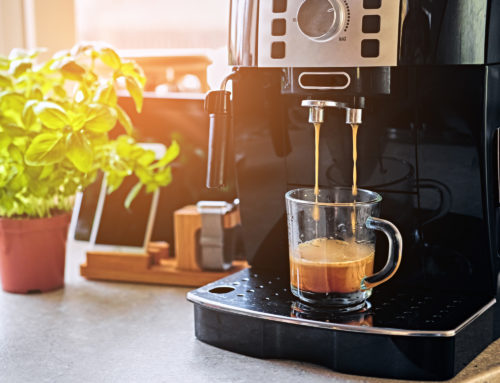Homeowners clear preference for hardwood floors has been growing since the 1980s. And, it doesn’t appear that this trend is slowing down any time soon.
According to Mass Real Estate News, the overwhelming majority of homeowners prefer hardwood flooring in the main level areas of the home. 90% choose either hardwoods or tile for their kitchen. And, almost 60% prefer hardwood flooring for their bedrooms, as well.
Most will agree that gleaming hardwoods are elegant and timeless. But, if you want them to maintain their natural beauty, knowing how to deep clean hardwood floors is a must. And, you should also be careful not to damage the wood during the cleaning process.
Read on to find out everything you need to know to clean hardwood floors without causing damage!
Our Love Affair With Hardwoods
Today’s homeowners aren’t the first generation to prefer hardwood floors in the home. Hardwood flooring is nothing new to American households. In fact, the trend dates back many years ago.
But without the proper care, hardwoods aren’t likely to last for decades or longer. And if they do, they certainly won’t look shiny and beautiful.
If you want your hardwood floors to maintain their appearance and last for as long as you live in your home, it requires some effort. But, with some guidance and a little elbow grease, you’ll be able to enjoy beautiful wood floors for years to come.
How to Deep Clean Hardwood Floors in 4 Easy Steps
Cleaning wood floors isn’t difficult. Having the right tools makes the task much easier.
1. Don’t Let Dirt Build Up
The best way to keep floors clean is to make sure that dirt doesn’t build up in the first place. It’s a lot harder to clean dirt and grime after it has the opportunity to sit for a while. Not only will dirt become embedded in the wood grain, but it can also damage the wood.
2. Dry-Mop Floors Regularly
It’s recommended that you dry-mop your floors every few days, at least, to guard against gunk and grime. If you have hardwoods in your kitchen or other common areas that accumulate dirt on a daily basis, then you might want to clean them more often.
Be sure to invest in a soft, microfiber dust mop. A flat, microfiber mop works well for wet-mopping wood floors, too. When you’re finished, just toss the cloths in the wash to reuse again next time.
3. Damp-Mop Hardwood Flooring
As far as cleaning supplies go, you shouldn’t use anything containing harsh chemicals to clean finished or unfinished hardwood. A capful or two of apple cider vinegar per one gallon of water works wonderfully.
No matter what type of mop you use, you should wring it out until it’s damp. Water can damage hardwoods after repeated exposure. And if your floors are unfinished, water can wreak even greater havoc on them.
After mopping, dry your floors with a microfiber mop or cloth.
4. Cover Scratches & Dings
If your floor’s surface has scratches and dings, here’s a simple way to camouflage the damage while cleaning. You can add a few natural tea bags to hot water for mopping. The tannins in the tea will seep into the wood, masking light surface damage.
You can also add a small amount of essential oil to your mopping solution. Not only will this make your home smell delicious, but it will also bring out the wood’s natural shine.
Need Help Deep Cleaning Your Home?
If your home is due for a deep cleaning but you don’t have the time or energy for the job, we can help.
We can clean your entire home, top-to-bottom.
Contact our professional housekeepers to request a quote today!

